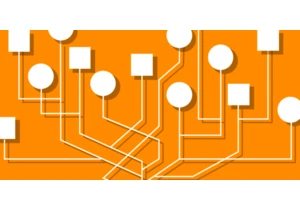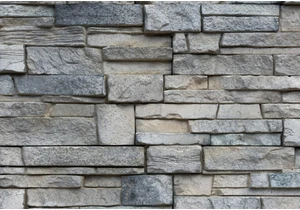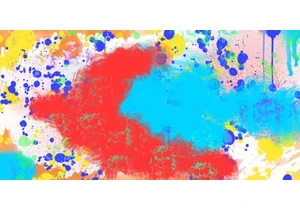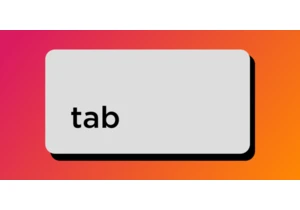My 2020 was colored by the considerable amount of time I spent analyzing data about CSS usage in the wild, for the CSS chapter of the Web Almanac, by the HTTP Archive. The results were eye-opening to me. A wake-up call of sorts. We spend so much time in the bubble of bleeding-edge tech that we lose touch with how the web is really built. Most of the web favors old, stable tech instead of new bling. CSS-in-JS? Only … Read article “How The Web is Really Built”
The post How The Web is Really Built appeared first on CSS-Tricks. You can support CSS-Tricks by being an MVP Supporter.
Login to add comment
Other posts in this group


I went on to figure out how make masonry work today with other browsers. I'm happy to report I've found a way — and, bonus! — that support can be provided with only 66 lines of JavaScript.
<hr


Brad Frost introduced the “Atomic Design” concept wayyyy back in 2013. He even

Chrome 139 is experimenting with Open UI’s proposed Interest Invoker API, which would be used to create tooltips, hover menus, hover cards, quick actions, and other types of UIs for showing more in

Focus trapping is about managing focus within an element, such that focus always stays within it. The whole process sounds simple in theory, but it can quite difficult to build in practice, mostly

A versal letters is a typographic flourish found in illuminated manuscripts and traditional book design, where it adds visual interest and helps guide a reader’s eye to where they should begin.
